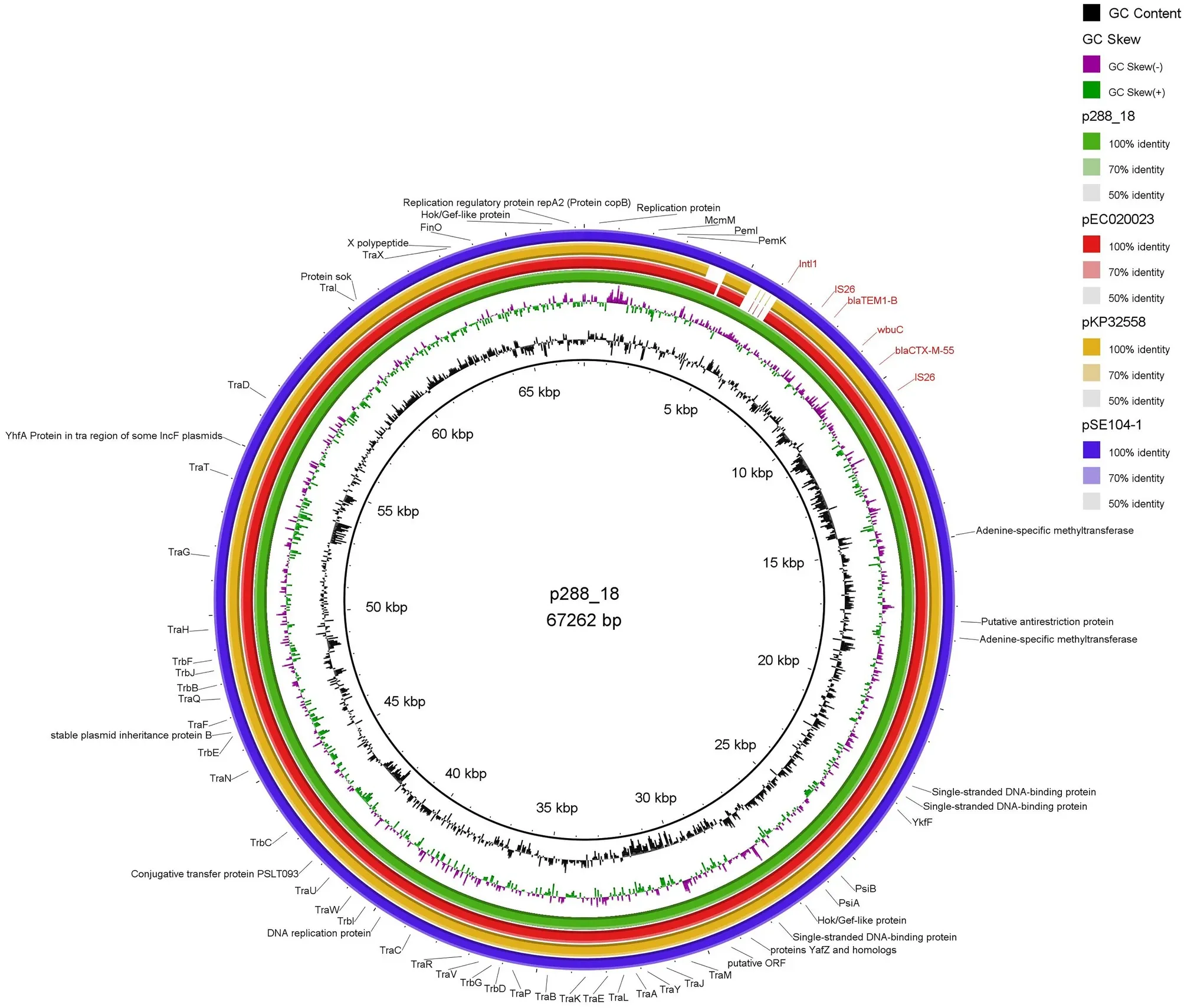New Paper "Whole genome sequence analysis of the first reported isolate of Salmonella Agona carrying blaCTX-M-55 gene in Brazil"
New Nature Scientific Report Paper on whole genome sequence analysis of the first reported isolate of the foodborne pathogen Salmonella Agona"
Bertani et al. have used the European Galaxy server to analyse for the first time the genome of Salmonella Agona carrying blaCTX-M-55 gene, which confers resistance to third-generation cephalosporin in Brazil. In the paper they describe the analysis of the genomic findings of this Salmonella isolate which was recovered from a bacteremic patient from Brazil.
Congratulations to this nice publication and thanks for using the European Galaxy server and sharing your results with us!
Abstract:
This study analyzes the genomic findings of the first report of Salmonella isolate carrying the blaCTX-M-55 gene, recovered from a bacteremic patient from Brazil. A bacterial isolate positive for the blaCTX-M-55 gene was submitted to antimicrobial susceptibility testing by disk diffusion and epsilometric test. Whole genome sequencing was performed using Illumina technology. Conjugation assay was performed; plasmid sizes determined by S1-PFGE and plasmid content were investigated by hybrid assembly after MinION long reads sequencing. Isolate 288_18 was identified as sequence type ST13, resistant to ampicillin, cefotaxime, ceftazidime, cefepime, ceftriaxone, and aztreonam. A transferable IncFII plasmid sized approximately 67 kb was found to carry the blaTEM-1 and blaCTX-M-55 in a module consisting of IS26-blaTEM-1B-WbuC-blaCTX-M-55-IS26. In addition, an 117 kb IncI1plasmid was also identified in the 288_18 isolate, but without additional resistance genes. To the best of our knowledge, this is the first report of blaCTX-M-55 in Salmonella isolated from human infection in Brazil. The occurrence of blaCTX-M-55 in the IncFII epidemic plasmid in a relevant clinical human isolate of Salmonella Agona underscores the urgent need for enhanced and effective continuous surveillance for controlling its dissemination.
